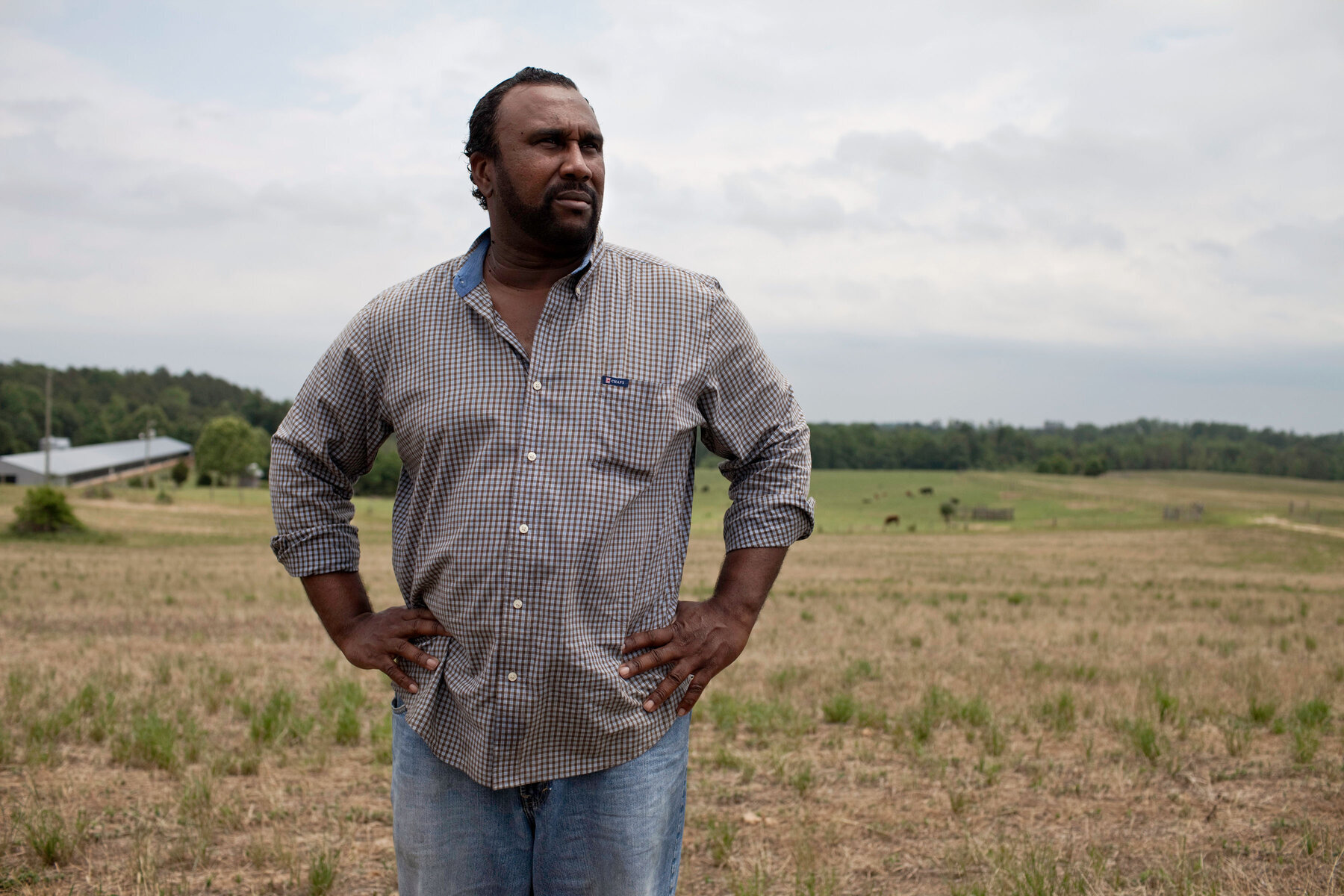Black Farmers May Finally Get the Help They Deserve
A debt-relief program would be a step in repairing more than a century of discrimination by the Department of Agriculture.
By Mark Bittman Mr. Bittman, a former food columnist for The Times, is the author, most recently, of “Animal, Vegetable, Junk.”
March 4, 2021, 5:00 a.m. ET
Many white people have become aware in the last year of the discrimination that Black Americans face in policing, voting, health care and more. Few, however, may recognize that systemic racism led to another grave injustice, one that underpins many other forms of exploitation: More than a century of land theft and the exclusion of Black people from government agricultural programs have denied many descendants of enslaved people livelihoods as independent, landowning farmers.
African-American labor built much of this country’s agriculture, a prime source of the nation’s early wealth. In the years since the end of slavery, Black Americans have been largely left out of federal land giveaways, loans and farm improvement programs. They have been driven off their farms through a combination of terror and mistreatment by the federal government, resulting in debt, foreclosures and impoverishment.
So a program that would pay off United States Department of Agriculture-guaranteed and direct farm loans and associated tax liabilities of Black, Indigenous, Hispanic and other farmers of color would not only be surprising, it would be historic. And yet it looks as though that may happen: Such a measure is included in the pandemic relief package wending its way through Congress.
The story of Black farmers is tragic. The Homestead Act of 1862 initiated the biggest land giveaway in U.S. history, and the beneficiaries were almost exclusively white men. Paired with slavery, the act formed a foundation for wealth-building that overwhelmingly benefited white farmers — and still does.
In the last 100 years, the number of Black-run farms has plummeted by a calamitous 96 percent, from close to a million (one in seven) of all American farms to around 35,000 (or about one in 50). The beneficiaries of that Black land loss? White farmers. By 1999, 98 percent of all agricultural land was owned by white people.
This trend has been spurred by exclusion from the federal programs that help make farming profitable and by well-documented racism at the U.S.D.A. The department’s discrimination has reached down to local loan officers, who often determine access to credit and therefore survival. Black farmers understandably have called the U.S.D.A “the last plantation.”
The actual scope of the discrimination may be unknown. So many injustices have been hidden that few in the field trust the U.S.D.A.’s version of the story. We do know, according to the most recent agriculture census, that Black farmers receive about $59 million in government payments; white farmers receive about $9 billion. Per capita, that’s $1,208 for Black farmers and $2,707 for white farmers.
As early as the 1940s, U.S.D.A. economists documented “deplorable economic conditions facing African-Americans in the rural South,” but Southern congressmen (including the namesake of a U.S.D.A. building, Jamie Whitten) blocked efforts to help Black farmers. By 1965, the U.S. Commission on Civil Rights found that the U.S.D.A. discriminated against Black farmers. In 1999 and 2010, the government announced settlement agreements for billions of dollars in cash and debt relief and tax payments to Black farmers.
Yet the payments fell far short, the department continued to discriminate, and the erosion in the number of Black farms — and the near impossibility for Black, Indigenous people and other people of color to get into farming — endured.
This historical pattern explains the collective moan when Tom Vilsack — a disappointment to Black (and many other) farmers and their supporters during his tenure as secretary of agriculture in the Obama administration — was nominated for the cabinet post again. But he seems to be responding positively to the shifting political climate and the general tone of the Biden administration, as the imperative for redressing insults and injuries to Black farmers is driving developments quickly.
It started in the run-up to the election, when an informal working group of leaders of the Black farming community helped presidential candidates develop policy.
After the election, Senator Cory Booker of New Jersey introduced the wide-ranging Justice for Black Farmers Act. The bill, which was reintroduced in February, would have paid off the U.S.D.A. debt of some Black farmers, and extends to Black farmers more of the benefits of the Homestead and Land-Grant College Acts of 1862. Those acts distributed land and funded public colleges focusing on agriculture, but by default they were programs for whites only, who were understood to be the “farmers” of the time.
Now a confluence of events — the newly Democratic Senate, perhaps even a newly responsive Mr. Vilsack, whose detractors wasted little time scorching his feet — is bringing about the much-needed change.
https://www.nytimes.com/2021/03/04/opinion/black-farmers-covid-relief.htmlhttps://www.nytimes.com/2021/03/04/opinion/black-farmers-covid-relief.html
